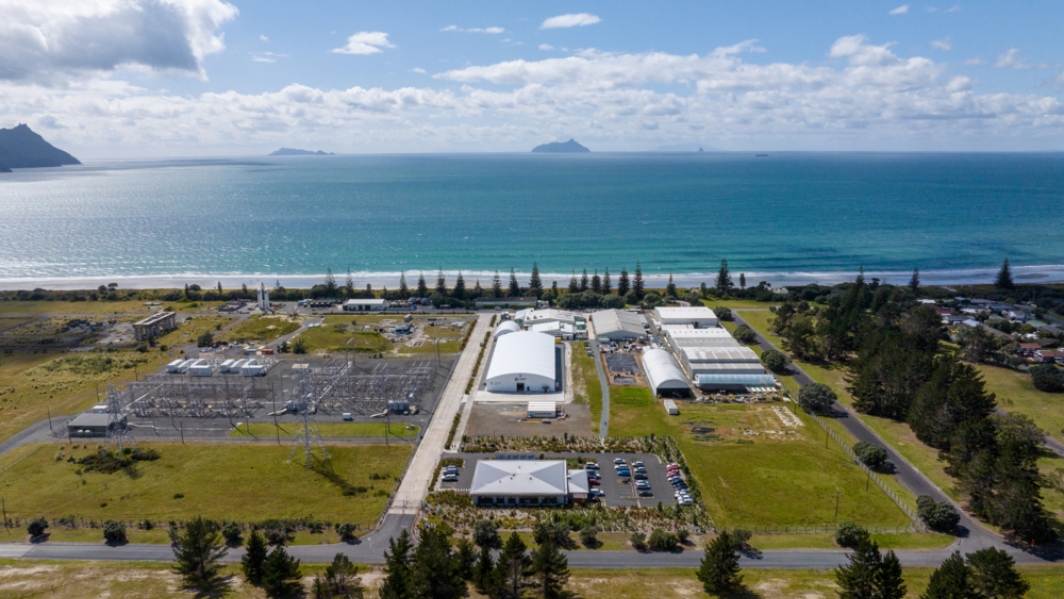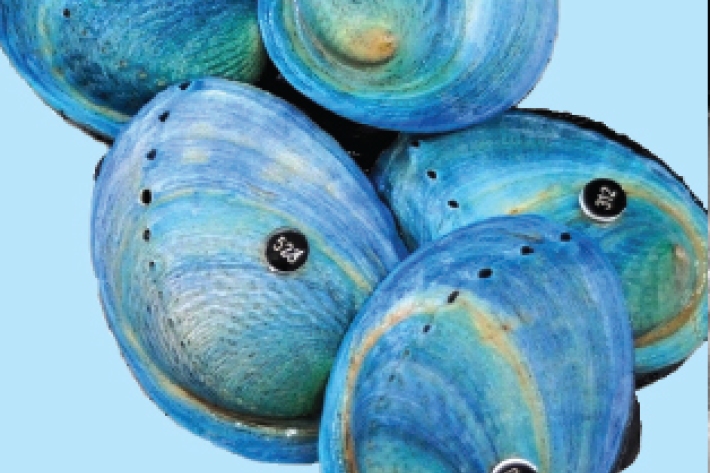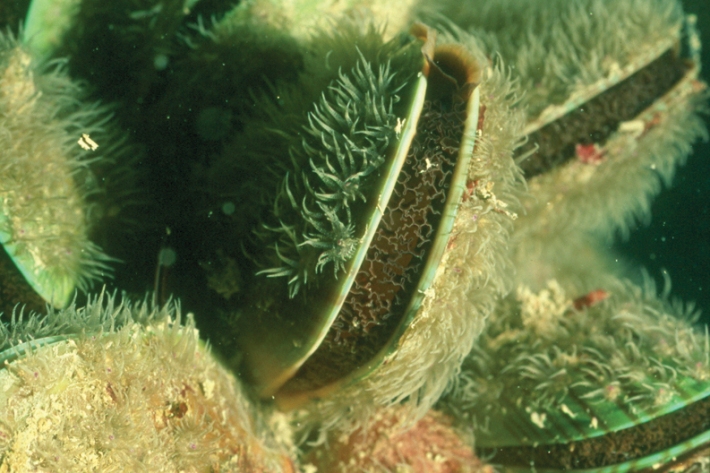-
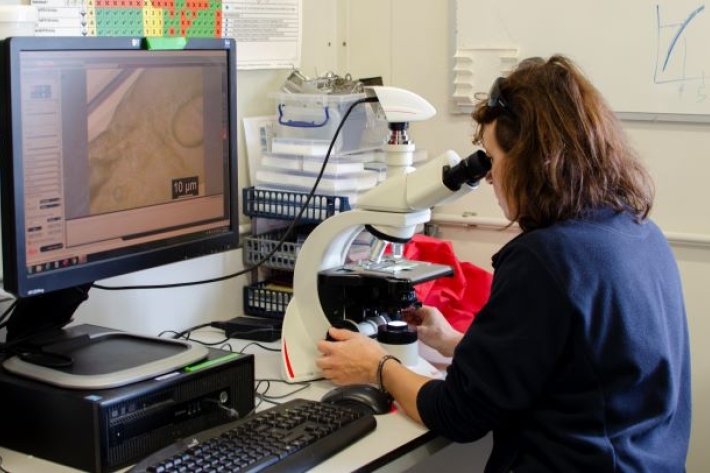
Recent research projects
Research ProjectNIWA’s team of leading scientists and world-class facilities are dedicated to supporting the sustainable growth, diversification and future-proofing of New Zealand’s aquaculture industry. -
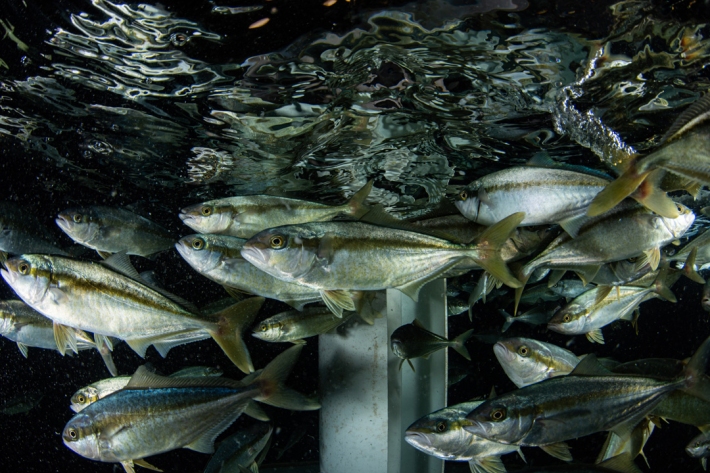
The King of the Fish
Feature story29 April 2020Before fish Alvin Setiawan studied weta and penguins. These days he’s never far from the kingfish tanks at NIWA’s Northland Marine Research Centre at Bream Bay. -
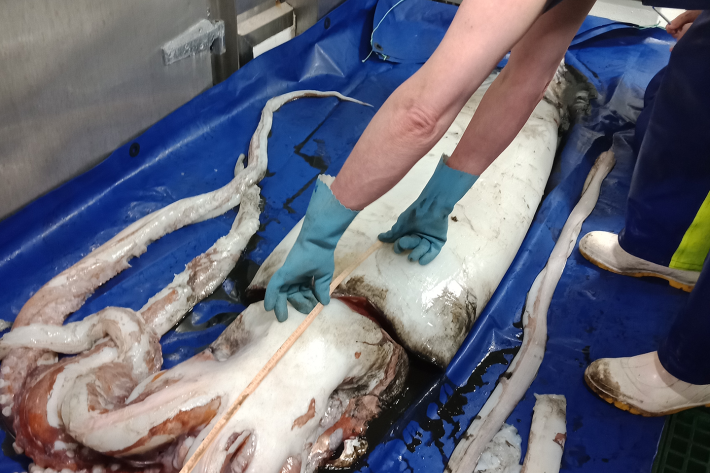
Giant squid and glow-in-the-dark sharks surprise scientists
Media release17 February 2020A giant squid and several glow-in-the-dark sharks were surprise finds for NIWA scientists last month on the Chatham Rise during a voyage to survey hoki, New Zealand’s most valuable commercial fish species. -

Fish snack on microplastics
Media release22 October 2019Research shows how fish are being affected by microplastics. -
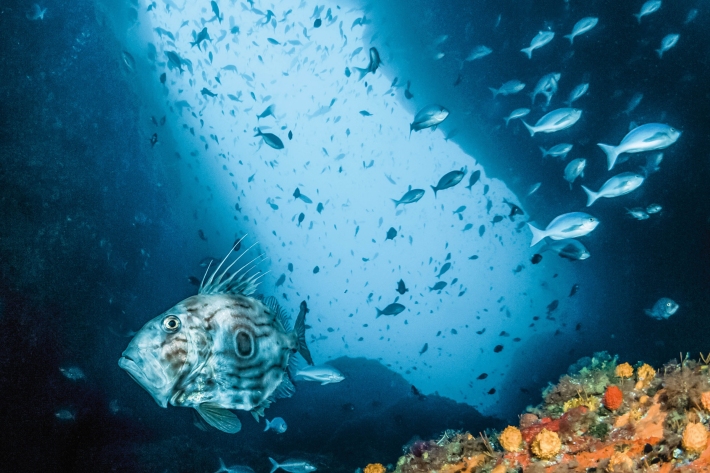
Underwater magician
Feature story28 December 2018Based at Bream Bay, Whangarei, Crispin Middleton is also an acclaimed underwater photographer and the recipient of numerous photography awards. His work regularly appears in New Zealand Geographic, dive magazines, scientific journals and conservation/ government documents. -

Scientist makes new homes for baby paua
Media release15 August 2017Concrete structures key to restoring the paua population wiped out by earthquake. -

Seafood sector
NIWA's seafood sector work comprises our fish, fisheries and aquaculture research and consultancy. -

Mussels: more, fresher, better
Feature story06 June 2017The seafood counter at your local supermarket has changed. -
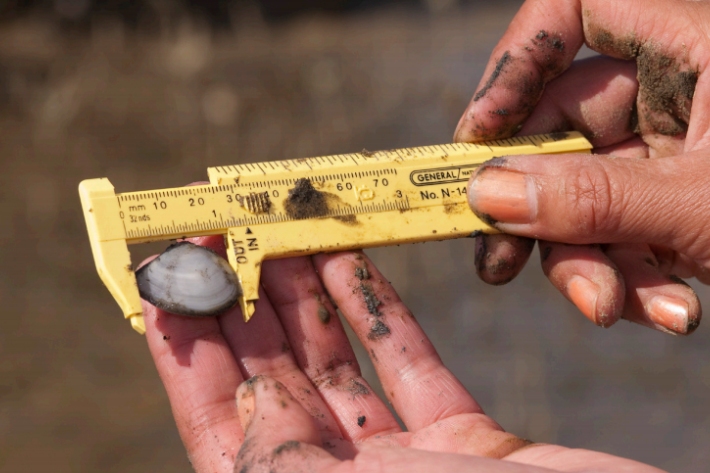
Aquaculture Activities
Shellfish gathering and farming take place in marine and freshwater environments. -

Chemical contamination and aquaculture
What are the potential sources of chemical contamination from aquaculture activities?

